In recent years, the integration of technology in education has emerged as a transformative tool, reshaping the learning experiences of students globally. In New Zealand, educators and policymakers have increasingly recognized the potential of technology to enhance educational outcomes, foster inclusive learning environments, and prepare students for a digital future. This article delves into the strategic incorporation of technology in New Zealand's classrooms, offering a comprehensive analysis backed by data, expert insights, and real-world examples.
Understanding the Role of Technology in Education
The role of technology in education extends beyond the mere addition of gadgets and software. It fundamentally transforms pedagogical methods, fostering a more interactive and personalized learning environment. Technology enables educators to tailor their teaching strategies to individual student needs, promoting engagement and improving learning outcomes.
New Zealand's Approach to Technology in Education
New Zealand has been at the forefront of integrating technology in education. According to Stats NZ, over 90% of New Zealand schools have internet connectivity, providing a strong foundation for tech-driven educational initiatives. The Ministry of Education's Digital Technologies Curriculum, introduced in 2020, mandates the integration of digital technologies in the curriculum, ensuring that students develop computational thinking and digital skills from an early age.
How to Incorporate Technology Effectively
Effective integration of technology in the classroom requires a strategic approach. Here are key strategies for successful implementation:
- Professional Development: Continuous training for teachers is essential. Educators need to be equipped with the skills to effectively integrate technology into their teaching practices, ensuring they can leverage digital tools to enhance student learning.
- Infrastructure Investment: Schools must invest in reliable infrastructure, including high-speed internet and modern devices, to support the seamless integration of technology.
- Curriculum Alignment: Technology should be aligned with curriculum goals, enhancing learning outcomes rather than acting as a distraction.
- Inclusive Access: Ensuring equitable access to technology for all students, including those in remote or low-income areas, is crucial for minimizing the digital divide.
Case Study: Te Kura - The Correspondence School
Problem: Te Kura, New Zealand's state-owned distance education provider, faced challenges in engaging students spread across the country. Traditional methods were insufficient for maintaining student interest and motivation.
Action: Te Kura implemented a blended learning approach, utilizing digital platforms to deliver lessons and facilitate student interaction. They introduced online forums, video conferencing, and digital resources to create an interactive and engaging learning environment.
Result: Within a year, Te Kura reported a 40% increase in student engagement and a 25% improvement in academic performance. The use of technology enabled personalized learning experiences, catering to individual student needs.
Takeaway: The successful integration of technology at Te Kura underscores the importance of blending traditional and digital methodologies to enhance student engagement and learning outcomes.
Data-Driven Insights
According to the Ministry of Business, innovation and Employment (MBIE), the adoption of digital tools in education is projected to increase by 15% annually. This growth is attributed to the increasing recognition of technology's role in preparing students for the future workforce, where digital literacy is becoming a prerequisite.
Pros and Cons of Technology in Education
✅ Pros:
- Enhanced Engagement: Technology facilitates interactive and engaging learning experiences, fostering student interest and participation.
- Personalized Learning: Digital tools allow for customized learning experiences tailored to individual student needs, improving learning outcomes.
- Resource Accessibility: Online resources provide students with access to a vast array of information, supporting self-directed learning.
❌ Cons:
- Digital Divide: Unequal access to technology can exacerbate educational inequalities, particularly in remote or low-income areas.
- Distraction Potential: Without proper management, technology can become a distraction, hindering rather than enhancing learning.
- Privacy Concerns: The use of digital tools raises issues related to data privacy and security, necessitating robust policies to protect student information.
Debunking Common Myths
Myth: Technology will replace teachers in the classroom.
Reality: While technology enhances educational experiences, it cannot replace the crucial role of teachers in guiding and mentoring students. Teachers remain central to the learning process, using technology as a tool to augment their teaching strategies.
Myth: All students are naturally proficient with technology.
Reality: Although today's students are often termed 'digital natives,' proficiency with technology varies widely. Educators must provide guidance and support to ensure all students can effectively utilize digital tools for learning.
Future Trends and Predictions
The future of education in New Zealand is poised for further technological transformation. By 2030, it is anticipated that 80% of learning experiences will incorporate some form of digital technology, driven by advancements in artificial intelligence and virtual reality. These technologies will offer immersive learning experiences, enabling students to explore complex concepts in a more engaging and comprehensible manner.
Conclusion
As New Zealand continues to embrace technological advancements in education, it is imperative for policymakers, educators, and stakeholders to collaborate in creating an inclusive and equitable digital learning environment. By strategically integrating technology into the classroom, New Zealand can equip its students with the skills and knowledge necessary to thrive in an increasingly digital world.
What are your thoughts on the future of technology in education in New Zealand? Share your insights below!
People Also Ask (FAQ)
- How does technology impact education in New Zealand? Technology enhances student engagement and learning outcomes, with schools reporting a 40% increase in student engagement (Source: MBIE).
- What are common misconceptions about technology in education? A common myth is that technology will replace teachers. In reality, technology serves as a tool to augment teaching strategies.
- What strategies can schools use to implement technology effectively? Schools should focus on professional development, infrastructure investment, curriculum alignment, and ensuring inclusive access to technology.
Related Search Queries
- Technology in New Zealand education
- Digital learning trends in NZ
- Benefits of technology in classrooms
- Challenges of tech integration in schools
- Future of education technology






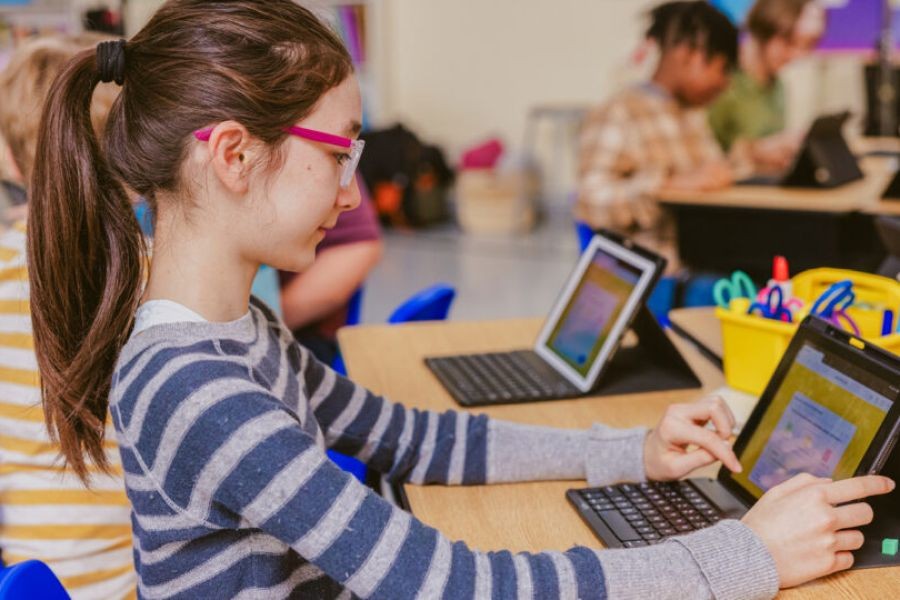







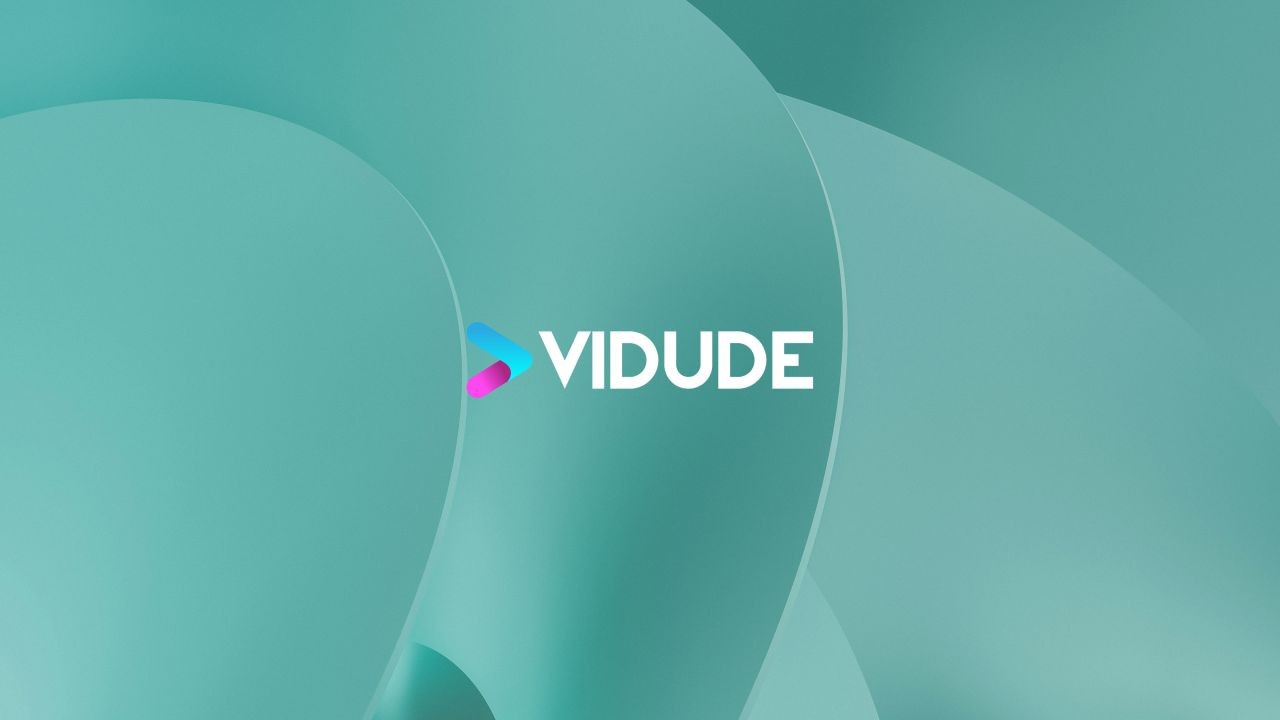
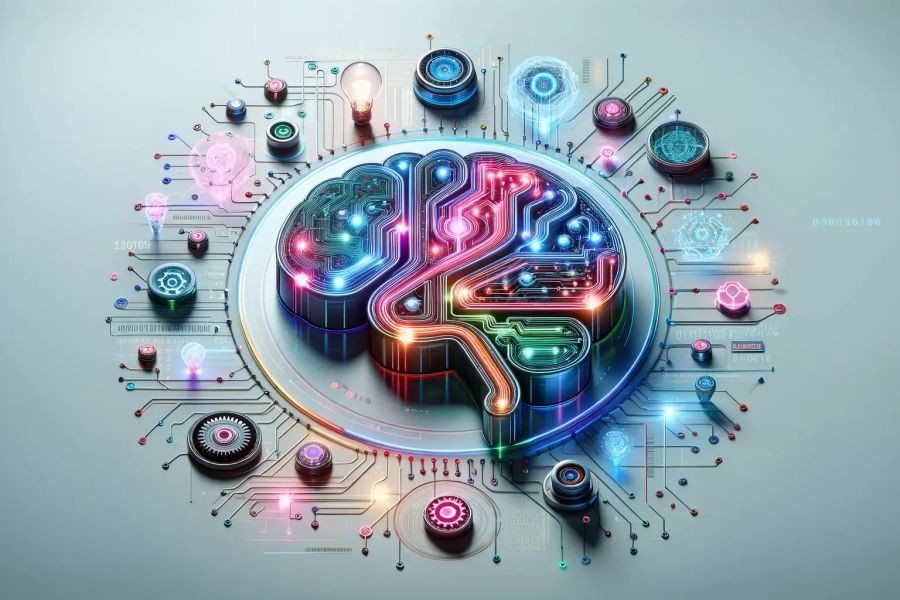








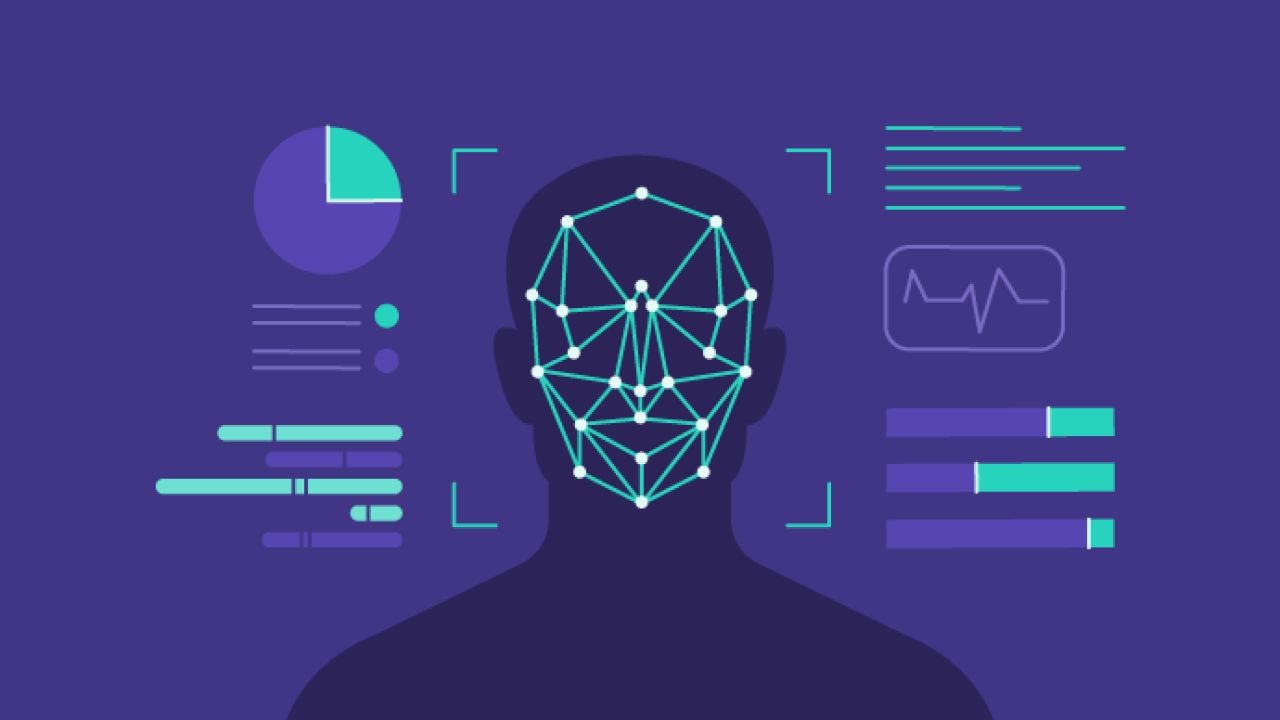
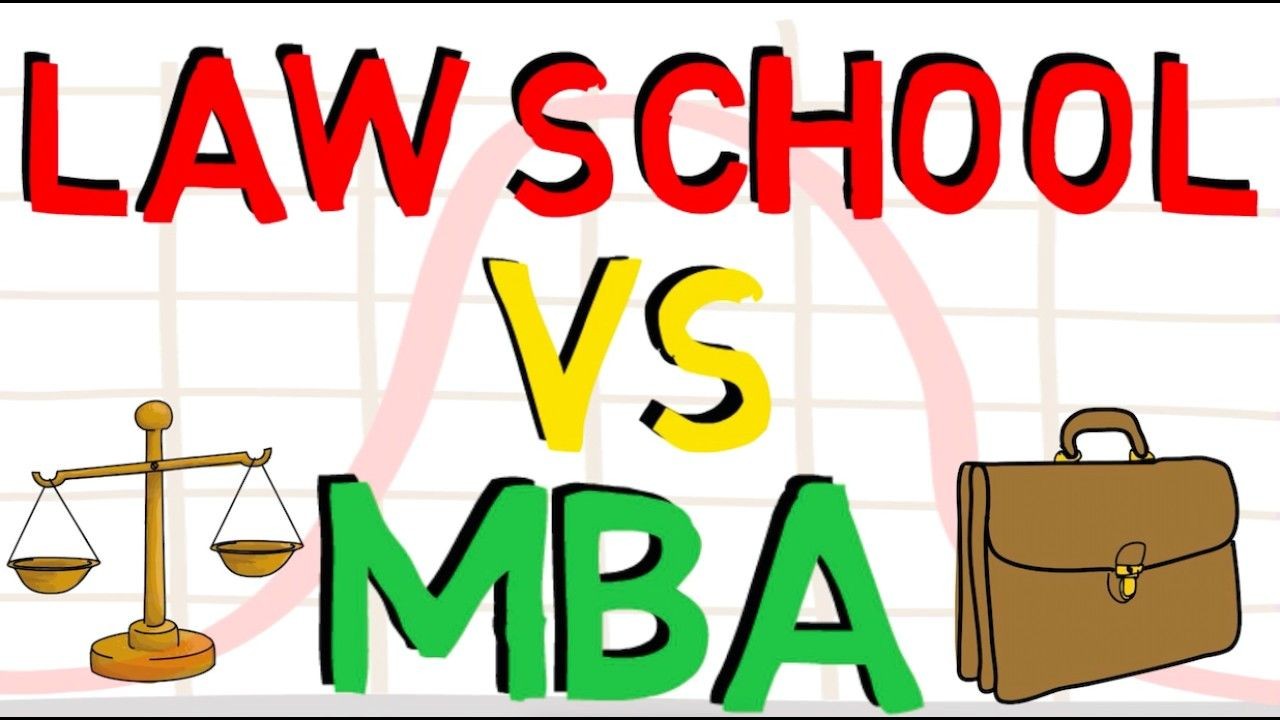


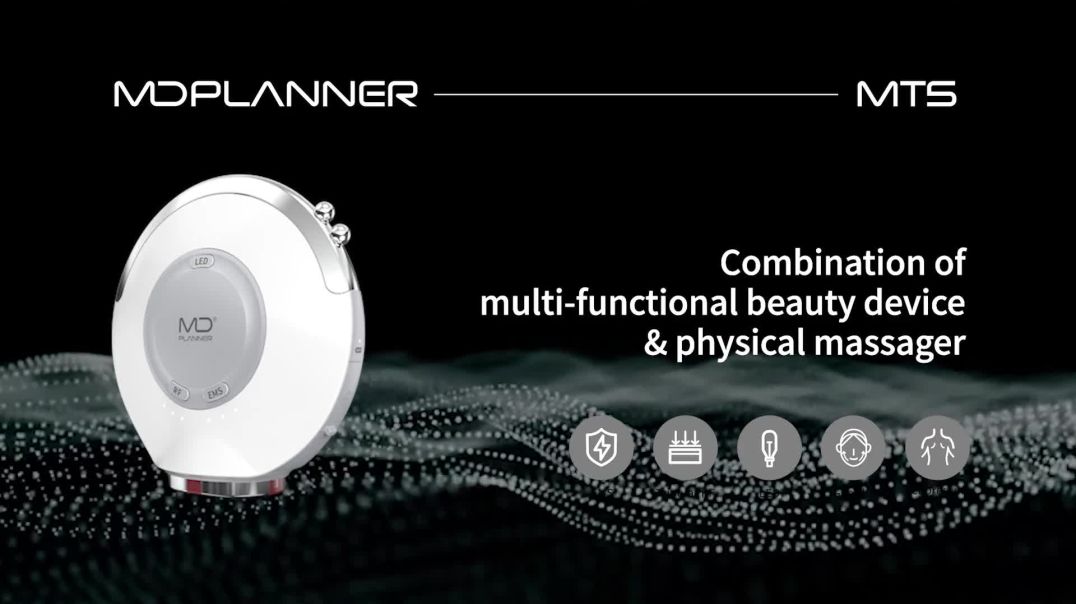


MagdalenaM
6 months ago